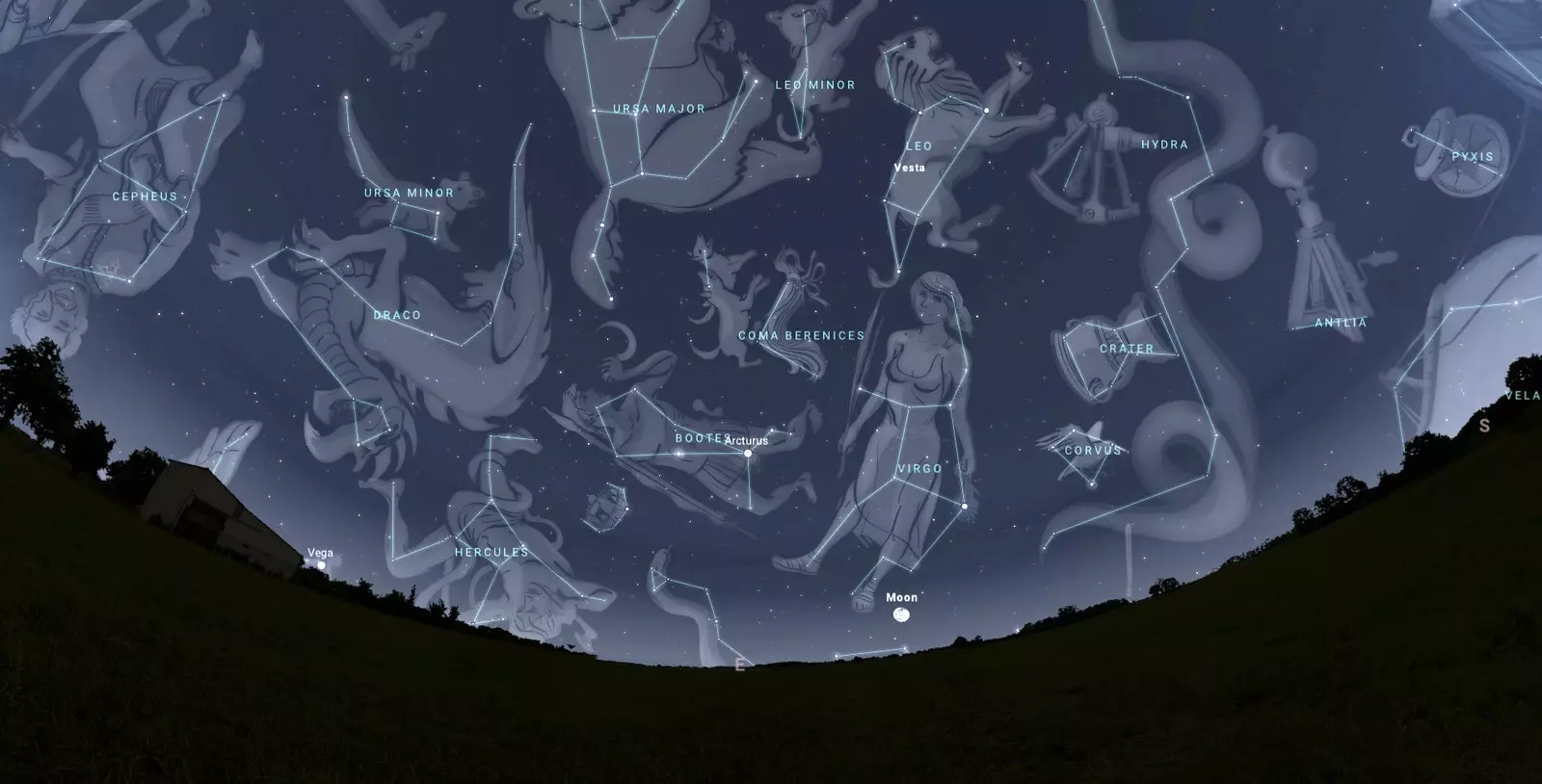
What will the sky be like this spring and what phenomena can we see in it?
We are fascinated by the night sky. It captivates us, it amazes us and even relaxes us to contemplate it. It also hooks us, because how can something with so much hidden mystery not hook you? We like it well in the dark and loaded, up to the top, with bright stars. We like it, therefore, very rural. From town, like poppies, but on the heights. How is the town sky, far from lights. And if it is from the mountains, very high, better than better.
However, Do we know what we see when we look at the sky? Or we gobble it up like the umpteenth Instagram story, without paying attention to it and minding our own business, without realizing that that star on the horizon was not there yesterday.
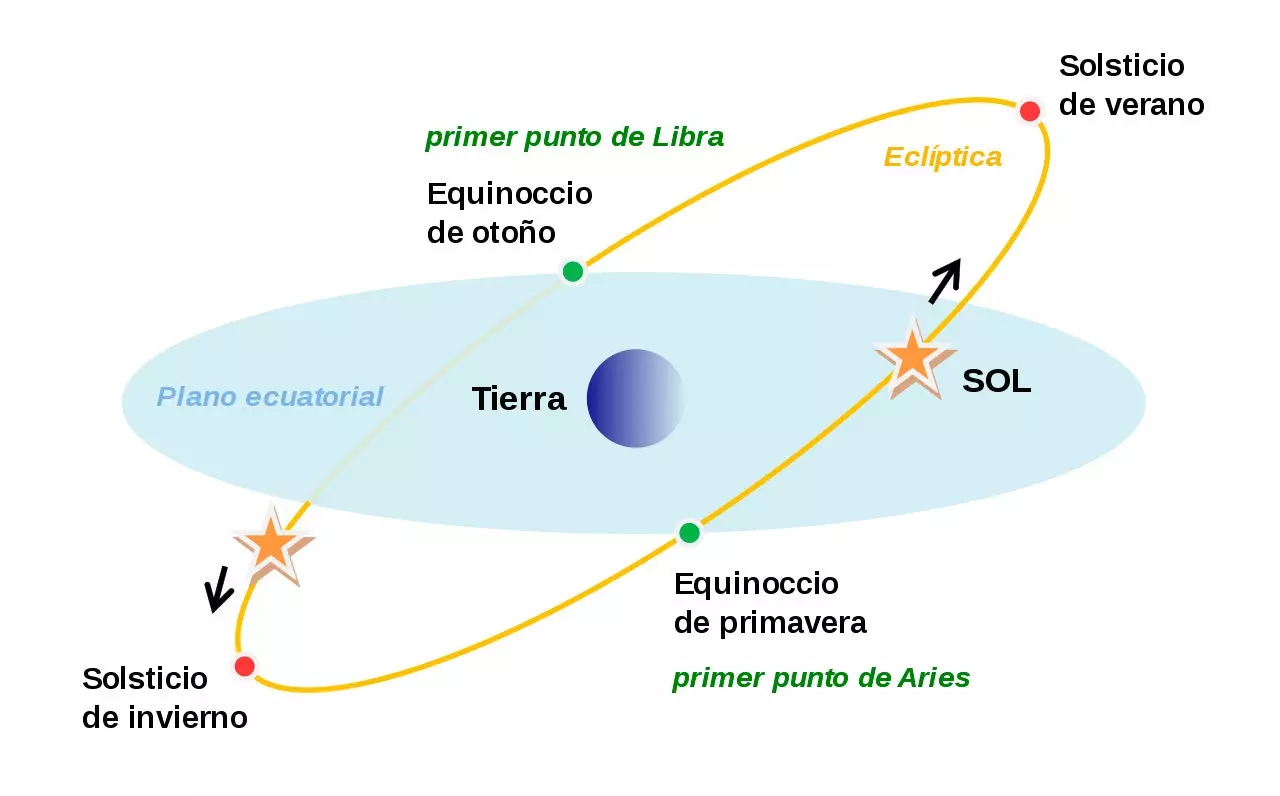
What is it that happens in the sky to start spring?
Because the sky changes Yes, from one night to the next too. So imagine from one station to another. The spring one, and what this 2021 holds for us, has helped us understand César González Arranz, technician at the Madrid Planetarium.
**WHAT HAPPENS IN HEAVEN FOR SPRING TO BEGIN? **
The beginning of the astronomical seasons happens when the Sun is located in certain positions in the sky. The Earth revolves around the Sun and takes 365 days to complete one revolution. However, from the point of view of the Earth it seems that it is the Sun that is moving through the sky, drawing a line called the ecliptic.
now imagine Earth's equator that imaginary line that would cut it in half dividing it into the northern hemisphere and the southern hemisphere. If you project the equator onto the sky, you have the celestial equator.
The astronomical spring begins just when the Sun is positioned at the intersection point of the ecliptic with the celestial equator (spring equinox). It is said to start on a certain day and at a certain hour and minute.
THIS 2021, WHAT DAY WILL IT START?
The Saturday March 20 at 10.37 peninsular official time.
AND WHEN WILL IT END?
The June 21 at 05:32 peninsular official time. At that time, the Sun is placed in another special position called June Solstice, when located in the point of the ecliptic farthest to the north of the celestial equator.
WHAT IS A TYPICAL SPRING SKY OR TIME OF YEAR?
At this time of year, the typical spring sky is the one that it is seen in better conditions at the end of twilight, when it becomes completely dark and it is the sky that can be seen at normal hours.
At dawn, at 4 for example, It is no longer typical of spring. At that time, the typical spring would already be approaching towards the western horizon and setting. Towards the eastern horizon the typical summer would already be rising.
It is not something completely pigeonholed, It is a gradual change that occurs day by day. If you see a star today at 11:00 p.m. just above the south cardinal point, tomorrow at the same time you will see that it is not just above the south cardinal point, but that it is missing a section. It's, in time equals 4 minutes. In a month, that's two hours apart (4 minutes per 30 days). To see that star in the same place you will have to look two hours apart because the Earth in orbit of it, since it is revolving around the Sun, it has moved a considerable distance.
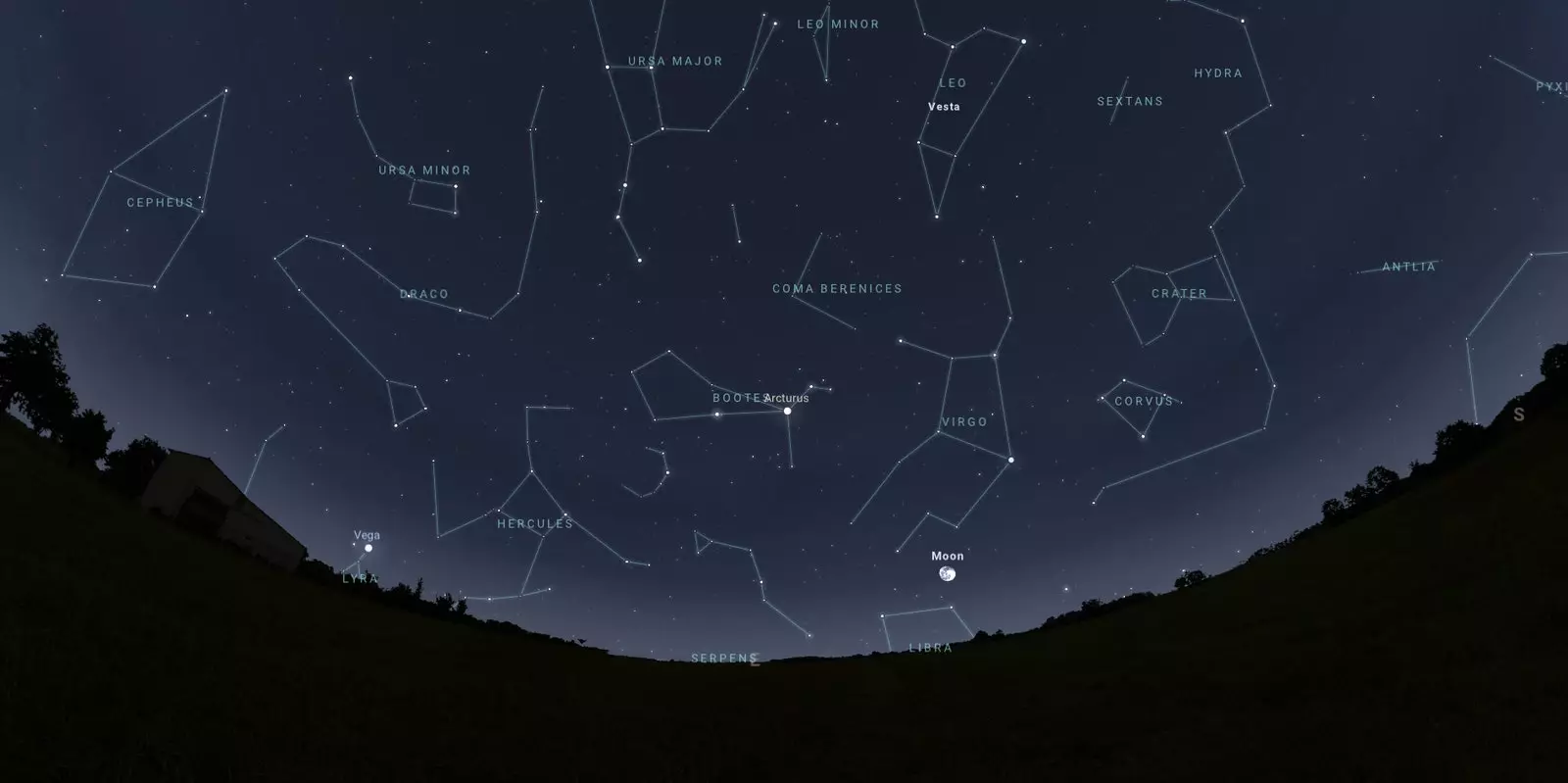
The sky of a night this spring, let's say that of March 30, 2021
IS SPRING A GOOD SEASON TO OBSERVE THE SKY?
All phases of the year are good for observing the sky because each season has its charm. In spring, due to the orientation of the Earth, we are looking at a zone of space that is not the plane of our galaxy (the Milky Way). If you want to see as little of the Milky Way as possible and see open space, the best time is spring. Is he ideal time to see other galaxies because we don't have the fringe of the Milky Way, which has a lot of stars and intergalactic dust, which allows us to see what's behind it.
WHY DO WE SEE A DIFFERENT SKY IN EVERY SEASON?
Because You can only see stars that are diametrically opposite to where the Sun is. The part of the sky that is where the Sun is at that moment, the stars that are behind it, we are not going to see them. To do this, we will have to wait a few weeks for the Earth to have revolved around the Sun.
WHAT CONSTELLATIONS ARE TYPICAL OF THIS TIME OF YEAR?
The zodiacal constellations: we have Cancer, Leo and Virgo. Cancer's is straddling the winter sky and the spring sky, but the other two are very typical of this time of year. In early spring, if you look south just after twilight, you have perfectly visible the constellations of Virgo and Leo.
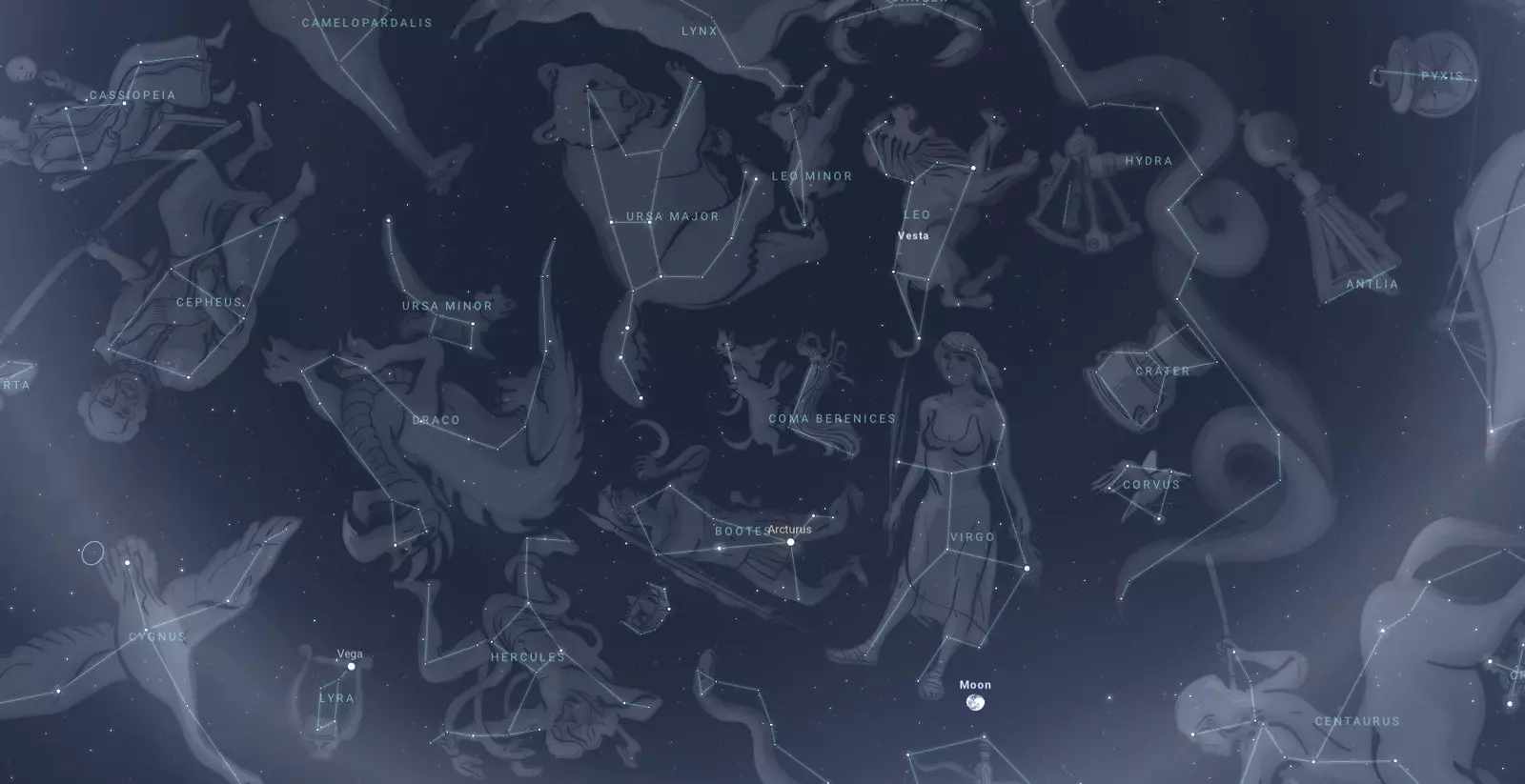
That of Virgo, Leo, the Great Bear, the Shepherd of oxen...
In the upper part of the sky is the constellation of the Great Bear, which is also the best time to contemplate it.
You can also see the ox herder (the Boyero), the Knight of Berenice, the Hunting Dogs and to the south, not very high above the horizon, the constellation of the Hydra, which is the largest in the entire sky although it contains stars that are very faint in brightness.
HOW CAN WE RECOGNIZE THEM?
The first thing is know how to locate the cardinal points and then from there with a map, if it is the first time that you are going to try to recognize a constellation, you can manage. You can also use a planisphere, which is a piece of round cardboard in which you can look for the sky that can be seen any day of the year at the time you want. They sell it in many places and it is not very complicated to use.
WILL WE SEE ANY SPECIAL STARS?
The brightest seen in the spring sky is a star called Arcturus, which is also the brightest in the Ox Herder constellation and appears orange.
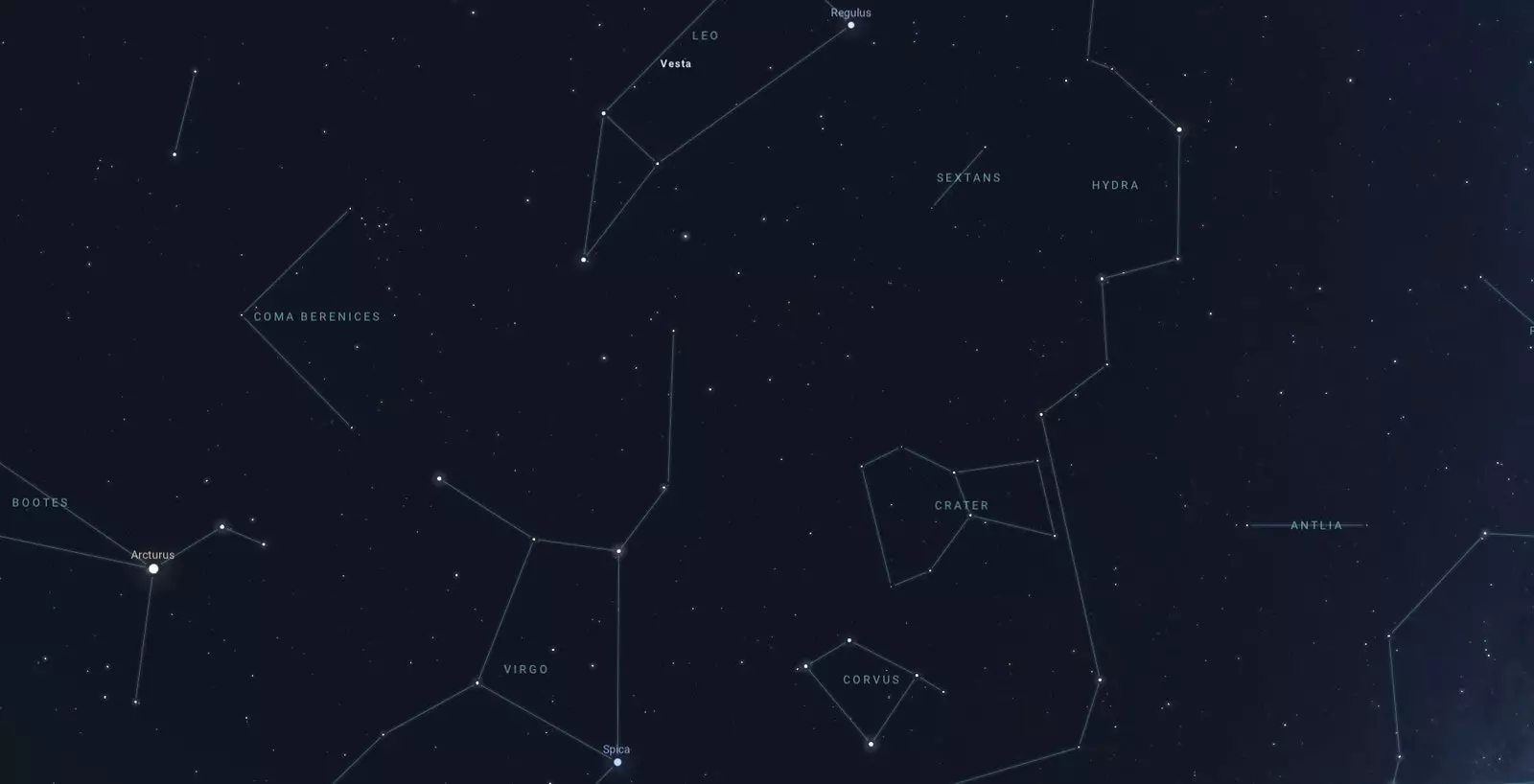
Arcturus, Spica and Regulus. Aka the Spring Triangle
With spica (Virgo constellation) and Regulus (Leo constellation) form a figure that is usually called the spring triangle. Locating it allows us to locate, in addition, three of the most important constellations of this time of year.
CAN YOU SEE PLANETS? HOW DO WE RECOGNIZE THEM AND DIFFERENTIATE THEM FROM THE STARS?
Yes, they can be seen. Always they are going to be in a strip of the sky that is called the strip of the Zodiac. Also, the brightness of the planets is a fixed brightness, does not flash; while that of the stars twinkles. As a rule, they are usually brighter than most stars that can be seen in the sky.
This spring, we will have to Jupiter and Saturn visible at dawn, before sunrise, still close to the eastern horizon. When spring is ending, they will begin to rise over the horizon already at dark, well before sunrise.
Venus, for its part, will begin to be visible at sunset from the second half of April. we can see it very close to the western horizon and, as spring and summer progress, it will gain height.
In May, Mercury will be clearly visible at sunset, toward the western horizon. The best observation time will be in the middle of May.
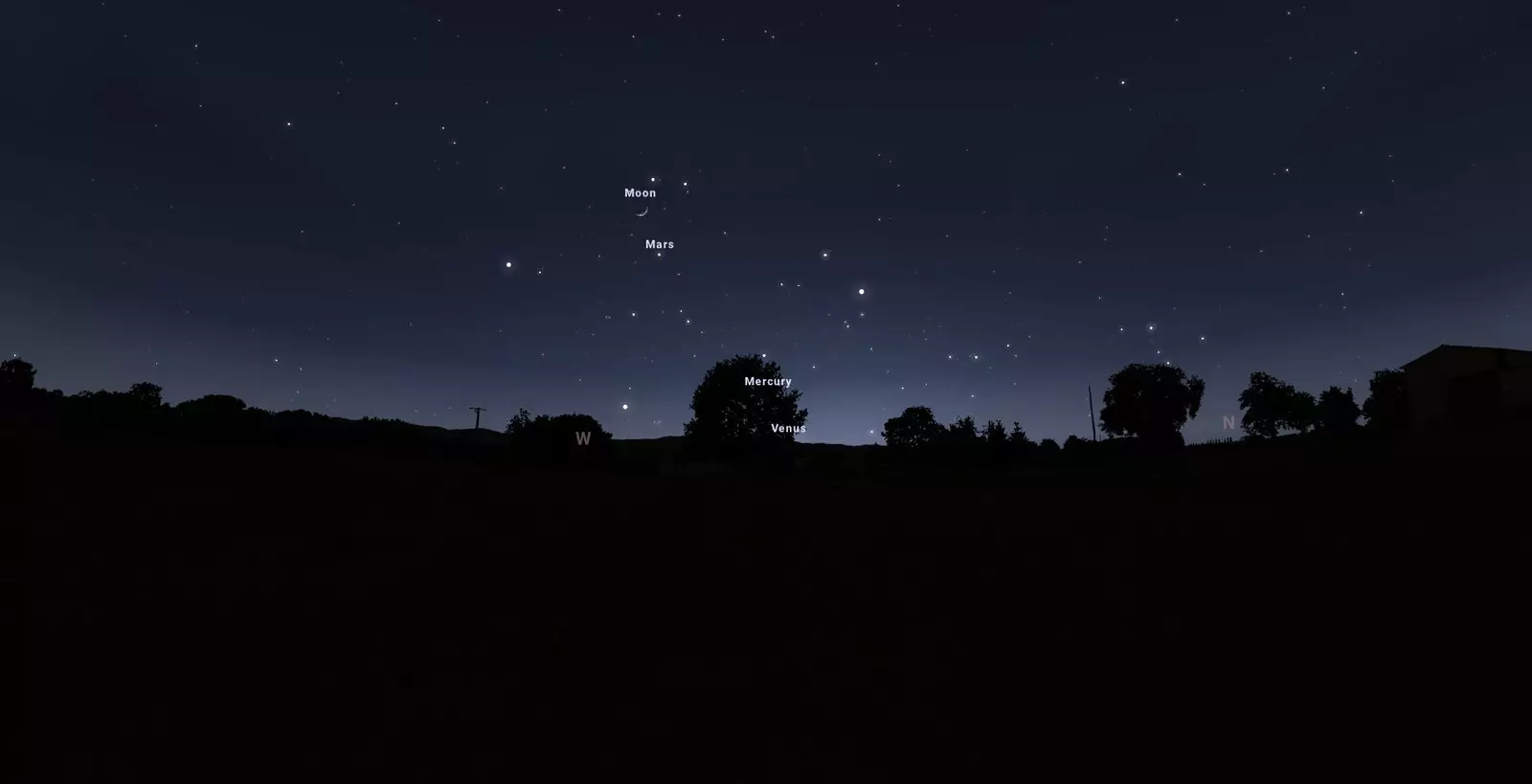
In May, Mercury will be clearly visible at sunset, towards the western horizon
during this spring we're not going to have any planets above Leo or Virgo. And it is that Jupiter and Saturn no longer correspond to the spring sky, but correspond to the typical summer sky. Venus and Mercury are seen at sunset, in the remnant sky left over from winter.
WILL WE SEE ANY SPECIAL PHENOMENON THIS 2021 FROM SPAIN?
On June 10, a partial solar eclipse will be visible from Spain. We'll see how The Moon covers a small part of the Sun's disk. In Galicia they will be the luckiest because they will see how a small piece is missing from the upper part of the Sun. The further south of the Peninsula, the worse. In Madrid to be able to see the upper part of the Sun a little eaten by the disk of the Moon, the maximum will be at 11:50 am. It won't be very important, but we haven't had one for a long time.
we will also have two meteor showers, although they will not be very spectacular. The lyrids, whose maximum will occur April 22 and it will be before dawn when a greater number of meteors can be seen. And the same goes for the Eta Aquarids. Its maximum will take place around May 6th and also before sunrise will be the best time to enjoy it. The only curious thing about the Eta Aquarids is that these shooting stars are caused by the debris left behind by Halley's Comet. The problem with meteor showers is that to see them you have to go to a dark place, lie on the ground and watch all night.
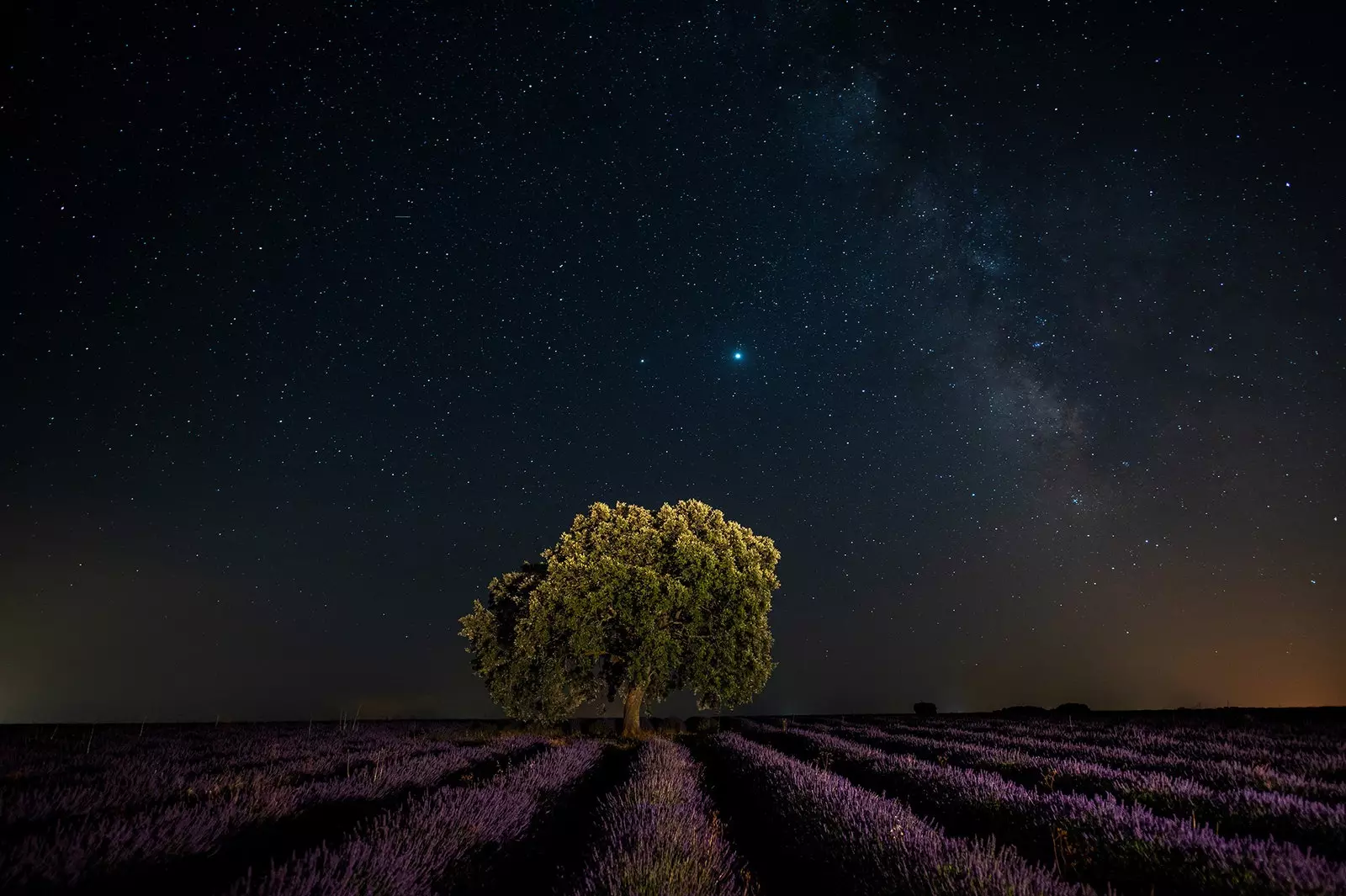
No, don't go towards the light. Find a dark place and the higher the better
HOW DO WE OBSERVE THE SKY?
You have to find a place where as little light as possible, away from cities and direct light. If we want to be more purist, the higher the better. And the higher you are, the amount of moisture is less and the quality of the sky also improves. That is why the great observatories are installed on the tops of the highest mountains.
